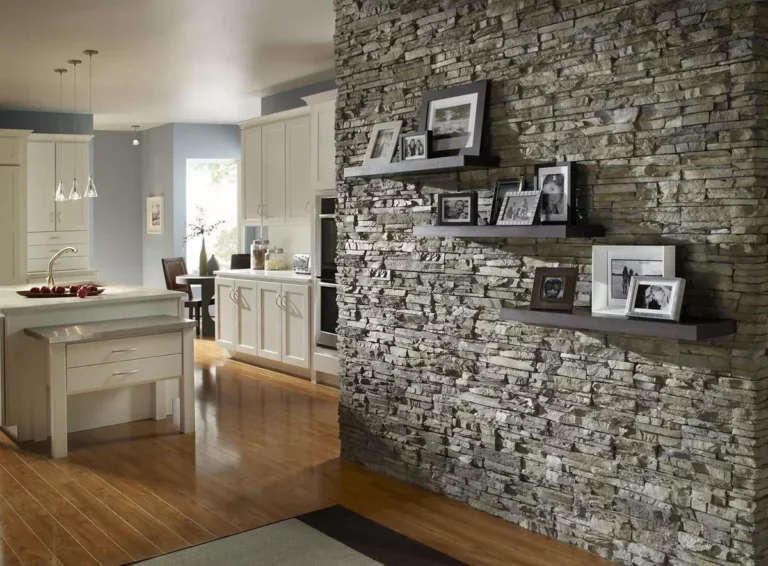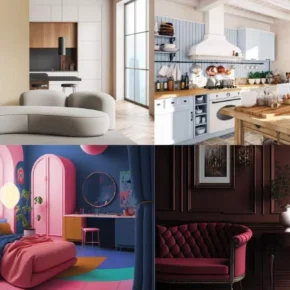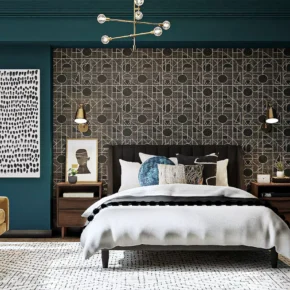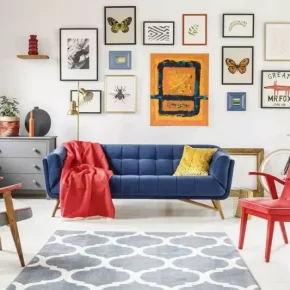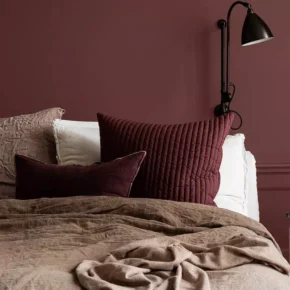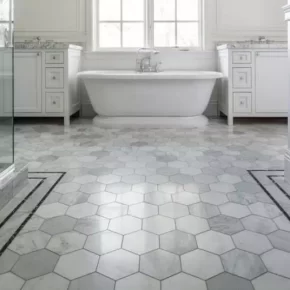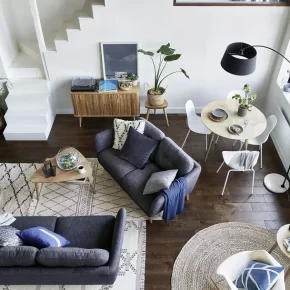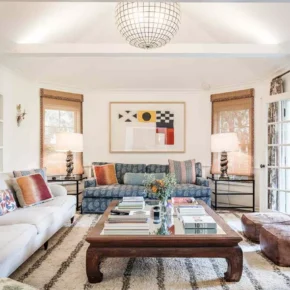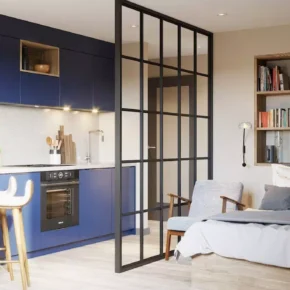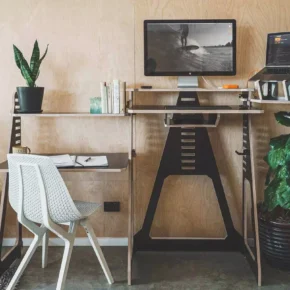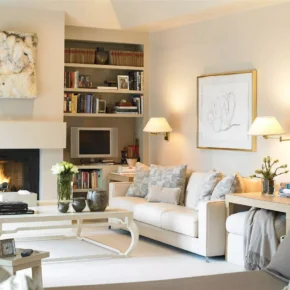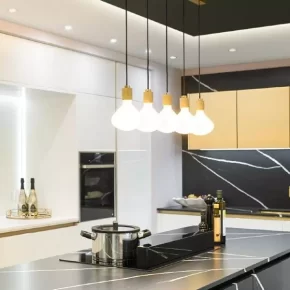Decorative stone adds a unique style, naturalness and elegance to the room. It is one of the universal materials that has a wide range of applications in interior design.
Let’s consider the main types of decorative stone and tips on choosing it to create a stylish and cozy interior.
Advantages of using decorative stone in the interior
Decorative stone provides many advantages:
- Durability . This is a durable material that can last for decades without losing its attractive appearance.
- Aesthetics . The stone adds natural beauty, texture and richness of textures to the room.
- Versatility . It is perfectly combined with other materials, such as wood, metal and glass, so it easily fits into different interior styles.
- Environmental friendliness . Natural stone is safe for health, and artificial stone is usually made of environmentally friendly materials.
Types of decorative stone
1. Natural stone

- Marble is ideal for creating a luxurious interior. It has a variety of shades and textures, but requires careful maintenance.
- Granite is a strong and durable material, great for high-traffic areas like kitchens and window sills.
- Slate – has an interesting layered look and works well for accent walls in a living room or bathroom.
- Sandstone is less resistant to water, but adds warmth to the interior. It is used mainly in dry rooms, such as a living room or a corridor.
2. Artificial stone
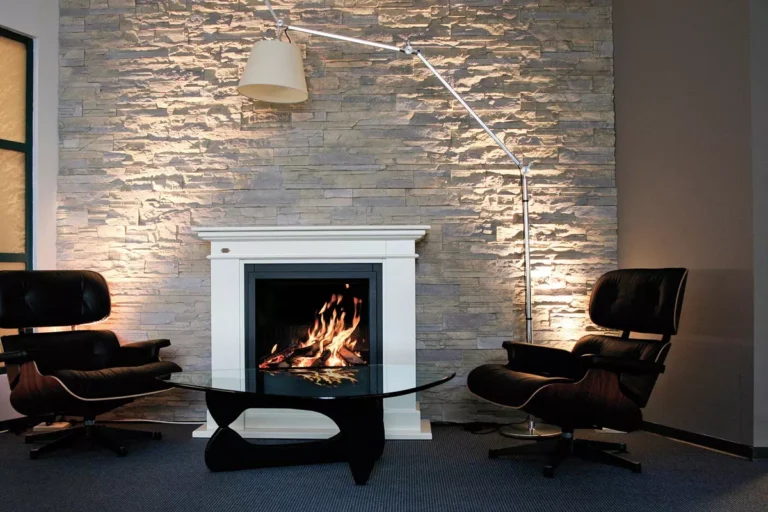
- Gypsum stone is a light, easy-to-install material that is suitable for decorating accent walls, fireplaces, and ceilings.
- Ceramic granite – created to imitate natural stone, has high resistance to moisture and temperature changes, so it is ideal for bathrooms and kitchens.
- Concrete stone perfectly imitates the texture of natural stone, is suitable for modern styles (loft, minimalism) and can be used in wet rooms.
Use of decorative stone in the interior
1. Accent walls
Finishing the accent wall with stone adds uniqueness to the room. It can be a wall in the living room, bedroom or corridor. Use more subtle types, such as marble or sandstone, to create an elegant accent.
2. Stone areas
A fireplace decorated with natural or artificial stone looks cozy and noble. Granite, porcelain stoneware or artificial concrete stone, which can withstand temperature changes, are best suited for this.
3. Kitchen apron
A stone apron not only looks stylish, but also functional. Ceramic granite or granite will be an ideal choice, because they are resistant to moisture and grease.
4. Decorating the bathroom
Stone adds luxury to the bathroom. Given the high humidity of the room, it is better to use slate or ceramic granite, which is easy to clean and durable.
5. Stairs and windowsills
Stairs and windowsills decorated with natural stone add nobility to the interior. Granite, marble or slate, which are durable and resistant to loads, are suitable for this.
Tips for choosing a decorative stone
- Consider the style of the interior . Marble is suitable for a classic interior, concrete stone for a loft style, and light sandstone or slate for a Scandinavian one.
- Pay attention to functionality . For wet rooms, it is better to choose water-resistant types of stone, such as ceramic granite or granite.
- Correct installation . Decorative stone requires professional installation. For example, heavy materials require reliable fastening, and gypsum-based artificial stone requires a special protective coating against moisture.
- Stone care . Natural stone needs regular cleaning and periodic treatment with special means that protect against scratches and stains.
- Color and texture . The choice of texture and color depends on the desired effect. Dark shades add coziness, and light ones make the space visually larger.
Decorative stone can become the main accent in the interior, giving it expressiveness and individuality. When choosing a stone for decoration, it is important to take into account the functionality of the room, the style of the interior and the peculiarities of the care of the material.

